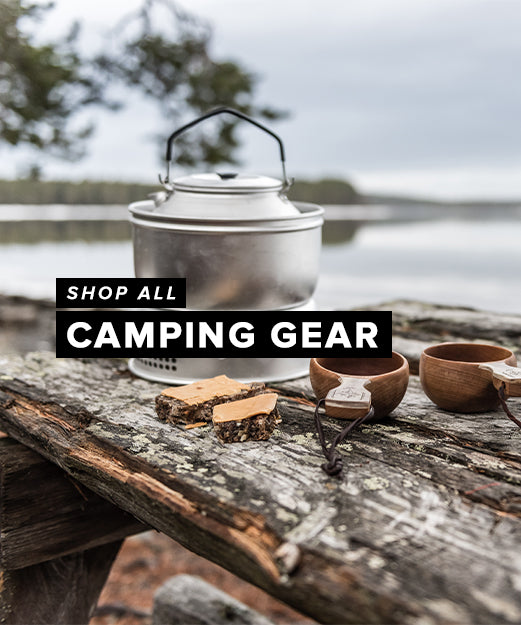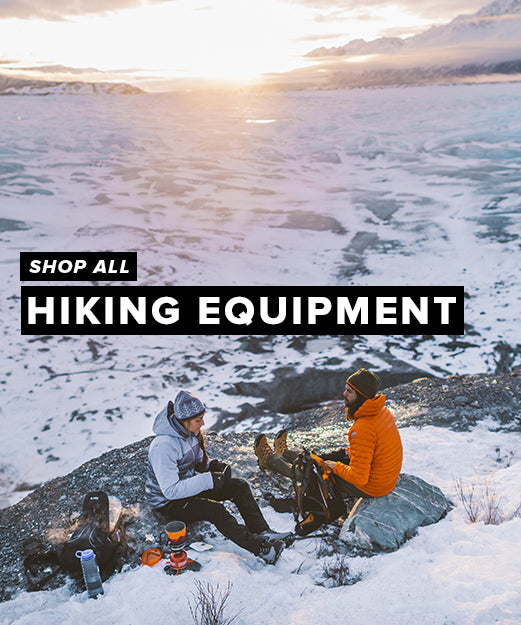Make The Most Of Hiking With Walking Poles
Walking (also known as trekking) poles are far more useful than the obvious use of easing the strain on knees, joints and muscles. Those pluses are appreciated by hillwalkers and backpackers of any age up and down steep footpaths but often overlooked are the benefits to balance and conserving leg power. On top of those pluses is the feeling of enjoying more of a 'workout' - using your upper body and your legs to swing your way through the hills. As well as dealing with problems, there's also the angle of not letting them develop in the first place. Walkers of all ages can benefit from reducing the load and stress on their legs by swinging along with a pair of poles. Plus, for instance, when crossing streams and soggy terrain they help avoid potential catastrophes. The extra stability poles offer can also ease back problems by helping to avoid sudden lurches, trips and wobbles as your arms and shoulders take some of the strain. In the situations where you need to use your hands - scrambling, for example - then poles aren't much use anyway so won't be a hinderance.
Rather than carrying them strapped to your rucksack until you feel tired and sore, use them from the start of your walk and head off problems before they spoil your day. Or even a holiday! You may feel that you're pretty fit when you set out on day walks each weekend but a holiday on which you're walking or trekking day after day will soon winkle out weaknesses and can spoil the best-laid plans.
To make the best use of poles, how you hold and use them is important. Happily, the techniques are simple. Place your hand up through the strap and onto the grip, sandwiching the strap between your palm and the pole handle. Adjusting the strap is easy and allows you to hold the grip loosely, placing the downward force on the strap and not losing the pole if you let go of it. Adjusting the pole length is equally important rather than just setting them up around waist height for level ground and then 'making do'. As a rough guide, you should be shortening the poles walking uphill and extending them on downhill tracks. That's a rough guide, of course, and you don't need to constantly tweaking your poles all day. The key is to feel comfortable and you'll soon find out how to adapt the advice to suit yourself and where you are.
When walking, swing your arms from the shoulder as you would normally, placing pole tips lightly on the ground before leaning onto them and getting into an easy rhythm that you can maintain without thought or effort. Once you get the hang of it, you'll wonder how you managed without them. Plus, of course they can double up as tent poles in many recent designs and help to cut the weight in your rucksack.
 NEW!! Free UK Delivery
NEW!! Free UK Delivery Hassle-Free Returns
Hassle-Free Returns Clearpay
Clearpay









